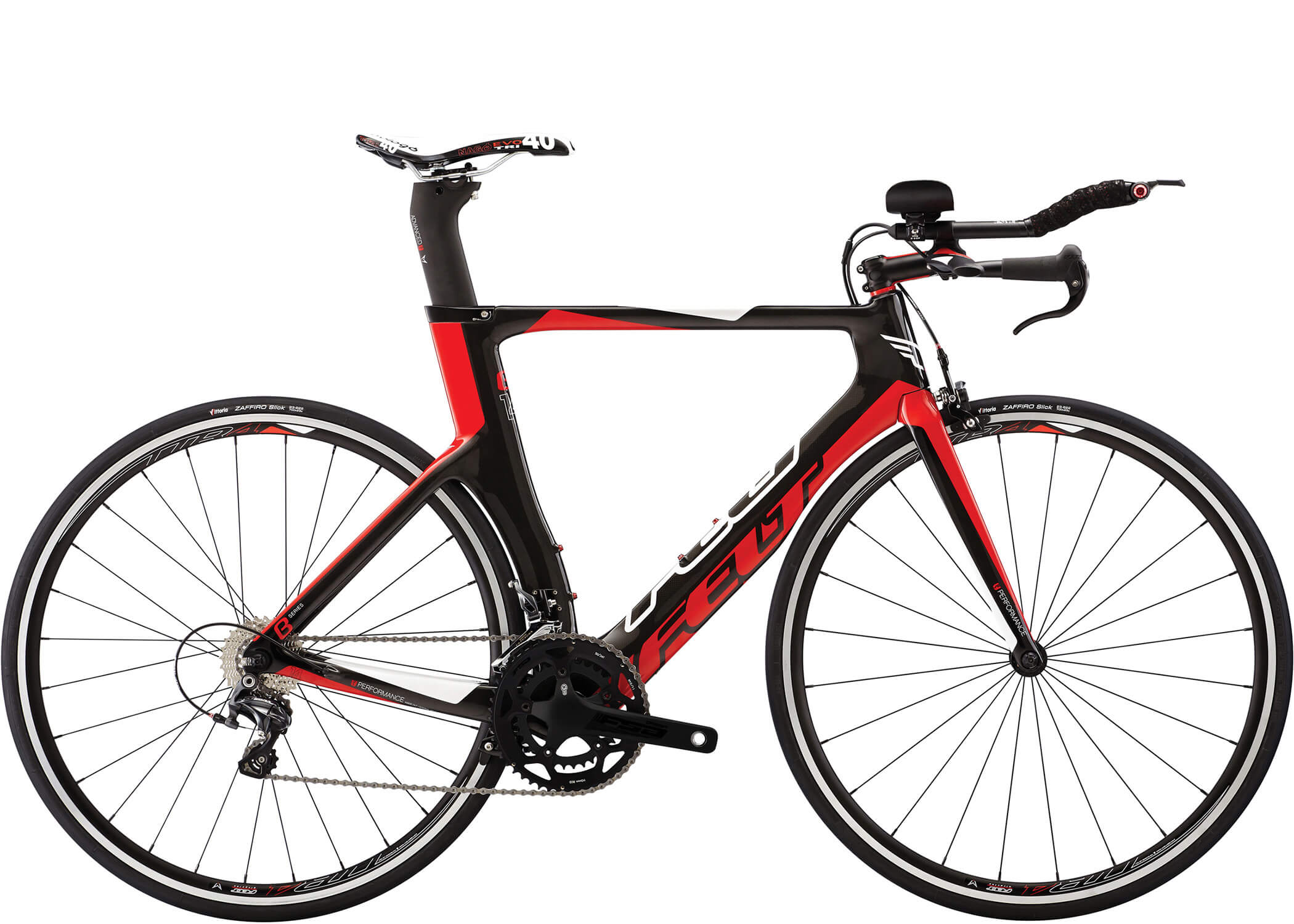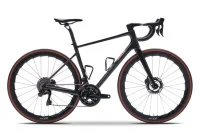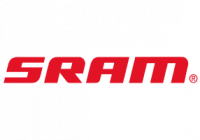2015 Felt B14 Triathlon Bike Review
Felt Bicycles has consistently pursued being at the “head of the class” in TT/triathlon bike offerings over the past few years and they may well have earned the “most improved” award over the past few years. For ’15, Felt offers several lines of TT/Tri bikes. Some are real spaceships, such as the non-UCI legal IA line of “super bikes”, while others prove to offer a lot of bike at value based prices. While building a ’15 Felt B14, I found myself thinking about just how much bike the B14 is for a surprisingly low $1999. If you are on a budget and the ’15 Felt B14 fits you well, this is a lot of frame and bike for the price.
 The frameset of the Felt B14 is full carbon fiber frame and fork, and the design is UCI legal for TT. The Felt B14 frame has the same aerodynamic shape and the same level of carbon as its bigger and more expensive brothers, the Felt B12 and the Felt B2. In fact, the overall shape of the Felt B14 shares a number of similarities to the vaunted, Olympic gold medal winning, Felt DA-1, a very fast bike indeed. The seat tube of the Felt B14 is cut-out, allowing the rear wheel to be brought forward “into” seat tube, for smoother air flow and the down tube is also subtly cut-out, again to provide for smoother and more laminar air flow. The rear dropouts are horizontal and adjustable, allowing the rear wheel to be shielded as much as possible from the wind. All cable routing, except for the front brake, is internal. In addition to the usual 700c frame sizing, the bike is also available as a 650c, for the smaller rider. That is a lot of aerodynamic technology and a lot of fit options for a bike that is under $2000.
The frameset of the Felt B14 is full carbon fiber frame and fork, and the design is UCI legal for TT. The Felt B14 frame has the same aerodynamic shape and the same level of carbon as its bigger and more expensive brothers, the Felt B12 and the Felt B2. In fact, the overall shape of the Felt B14 shares a number of similarities to the vaunted, Olympic gold medal winning, Felt DA-1, a very fast bike indeed. The seat tube of the Felt B14 is cut-out, allowing the rear wheel to be brought forward “into” seat tube, for smoother air flow and the down tube is also subtly cut-out, again to provide for smoother and more laminar air flow. The rear dropouts are horizontal and adjustable, allowing the rear wheel to be shielded as much as possible from the wind. All cable routing, except for the front brake, is internal. In addition to the usual 700c frame sizing, the bike is also available as a 650c, for the smaller rider. That is a lot of aerodynamic technology and a lot of fit options for a bike that is under $2000.
From a mechanical perspective, the Felt B14 frame is designed around the BB30 bottom bracket standard and not the PressFit 30 option found in many bikes. Personally, I prefer the standard BB30 bottom bracket such as on this Felt B14 to the more common PressFit 30. In my experience to date, there is less opportunity for creaks to develop and access to the bearings for service or replacement is also easier. Removing a PressFit BB30 can often mangle it so that it is no longer usable while standard BB30 can be popped out using the proper tool, cleaned, repacked, and reinstalled with relative ease. Likewise, the cockpit of the Felt B14 uses a more conventional fork, stem and bars, rather than the Bayonet system on higher level Felt models. While the fork on the Felt B14 may not be quite as aero as its Bayonet equipped cousins, it is easier to work on, particularly if the bike is packed up in a case for travel. Standard headset and fork design also makes upgrading to lighter, more aero basebars a simple matter as there are no integrated limitations or special hardware and it allows for easier adaptation of the bike to a rider’s specific fit needs.
The components of the ’15 Felt B14 are very solid for a bike in this price range. The front and rear derailleurs are Shimano Ultegra 6800 while the shifter levers are microSHIFT’s latest 11 speed shifters. The 11-speed cassette and chain are also by Shimano, although these bits are not of the Ultegra level… The crankset is FSA Omega, a fairly basic unit, but very common for bikes in this price range and functional. The alloy base bar and aero extensions are all of Felt’s own design and production. While this may sound like a negative, it isn’t. Felt’s stock aerobars are some of the most adjustable and versatile on the market; the cockpit of the Felt B14 is well thought out and one of the most adaptive in the business. The seatpost is Felt’s proprietary carbon design, topped with a Prologo Nago Evo Tri40 saddle. The wheels of the Felt B14 are of Felt’s own design and manufacture and are shod with Vittoria Zaffiro tires. While these wheels are not as light or shapely as an after-market aero wheelset, they are more aero than what comes on many bikes at this price point and they have proven themselves durable for most riders in our experience. The wheels of the Felt B14 make for a good training wheels if the owner invests in a pair of true race wheels and they get the job done better than average than what comes on most sub $2000 bikes in the interim.
From a weight perspective, a 56cm Felt B14 weighs in at 20 pounds 12 ounces. For a tri bike in this price range, this is a reasonable weight and all of the parts that are adding weight can be replaced down the road to lower the weight. Components such as the crankset, wheels, and cockpit, are not light, but that is part of the “give & take” for the price. Thankfully, the frame of the Felt B14 is where they put the money. In fact, the frame on the Felt B14 is the same frame as what is found on Felt’s $3700 B2 model, so you can upgrade the bike over time to lose weight without risk of feeling like you are upgrading base level frame. The heart of the Felt B14 (the frame) is in the right place and the more basic components on the Felt B14 can be upgraded at a later day without fear that money is being spent on an inadequate or under performing frameset. Careful selection of upgrades, without spending a lot of money, could get this bike into the 19 pound range, a very competitive weight for an aero tri bike under $5K.
So, if cash allows, what kinds of upgrades would I suggest? A good alternative budget wheelset would be the Boyd Altamont, $650. The Boyd Altamont would shave notable weight and provide better hubs and bearings too while being more aero than a box section wheel. Upgrading the crank to a Shimano 105 or Ultegra would cost $200-$300 and would lose weight and improve shifting performance with Shimano’s ultra-rigid Hollowtech chainrings. Brakes? The stock brakes will stop you, but the feel at the lever is not as solid as it could be and they lack the power of a higher level brake set. Shimano Ultegra brakes front and rear would be a great investment and would greatly improve all aspects of braking performance. Why didn’t Felt install such parts to begin with? Well, that $1,999 bike would have been around $3,000 had they. But again, the frame of the Felt B14 is definitely worth such improvements, so you can get into that $1999 bike now and rest assured that you are riding on a frameset that is very worthy of that $4000 bike down the road.
I have always liked the way Felt bicycles feel when ridden. They are not overly stiff and harsh, but generally smooth and comfortable while being amply responsive. To me, a tri bike needs to accomplish two sometimes contradictory goals. A good tri bike needs to be aerodynamic. However, aerodynamics are not everything, and aero bikes that ride stiff and harsh and don’t allow the rider to stay aero comfortably and run well off the bike are not worth much to me. The Felt B14 provides a nice balance in this regard, as the frame is adept at filtering road shock and vibration. No, it does not offer the same level of comfort and responsiveness as a Parlee TTiR (one of my all time favorite riding TT/tri bikes), but the Parlee TTiR frame and fork are almost twice the cost of a complete B14, so what do you expect? For the money, this is a great riding machine and it also looks good to boot.
If you are looking to get into triathlon or the local time trial series on a budget, and if you want a bike that you can easily upgrade in the future, do not ignore the Felt B14. It is worth your attention, and practically begs for future upgrades. You will be hard pressed to find a more aerodynamic bike than the Felt B14 at this price and to add to the benefits it is one of the more versatile fitting and smooth riding bikes in the price point as well. If it fits you well, the Felt B14 makes a great entry level TT/tri bike.
Stop in to take a look before the season starts and remember that, if you have been fit in the past at Fit Werx, we have your fit numbers on file and can use your Rider First Bike Fitting data to find out how well a Felt B14 matches your needs. Don’t guess! If you have not been fit by Fit Werx yet, let us help you get the right bike the first time with a Rider First bike fitting and a Rider Matched bike selection.
Fit Werx carries great bikes, but we are all about you first and foremost – we don’t sell products, we sell solutions. While you may have been fit elsewhere before (almost every bike shop claims to offer fittings and “certified” fitters), if you have not been fit at Fit Werx, you have not been fit the way that Fit Werx fits a bike. We guarantee that you will receive a fit unlike what you have experienced before and that we will match you with the best suited bike for your needs and budget. We stake our name on it.
Fit Werx is an authorized dealer of Felt Bicycles with bike shop and fitting locations outside of NYC in Ridgefield Park, NJ, in Peabody and Lexington, MA and near Burlington, VT and Stowe, VT in Waitsfield. Fit Werx is changing the way people buy bicycles through Rider First Bike Fittings and Rider Matched Bikes. Contact us for more information.









